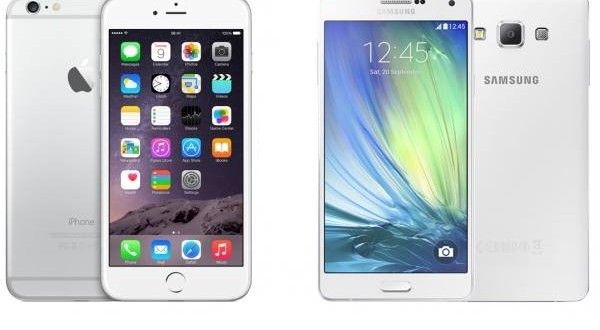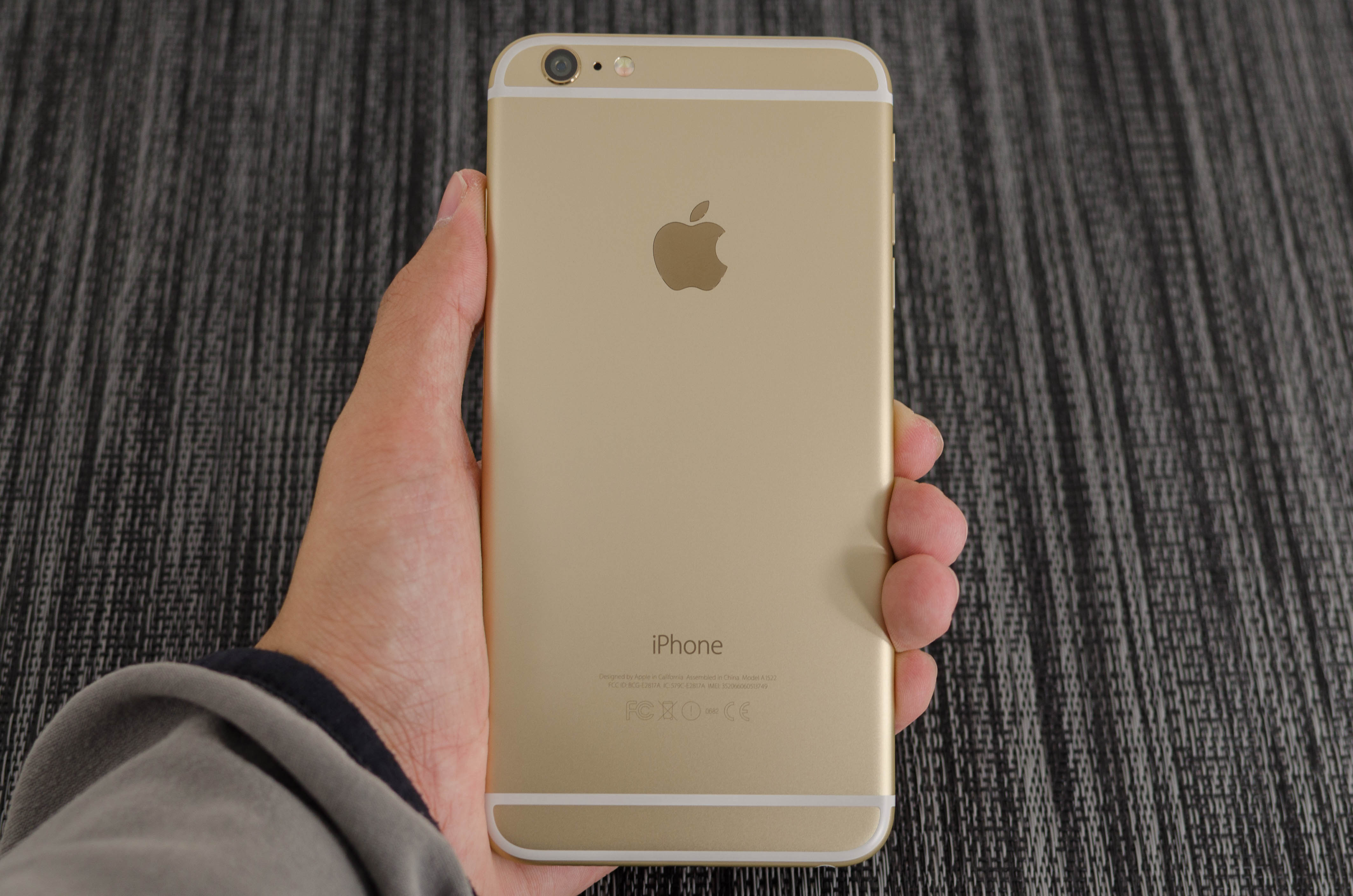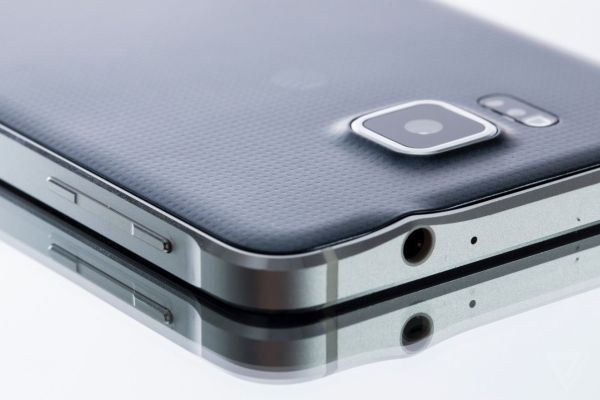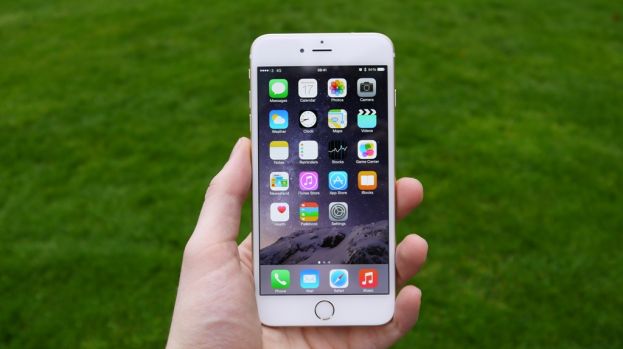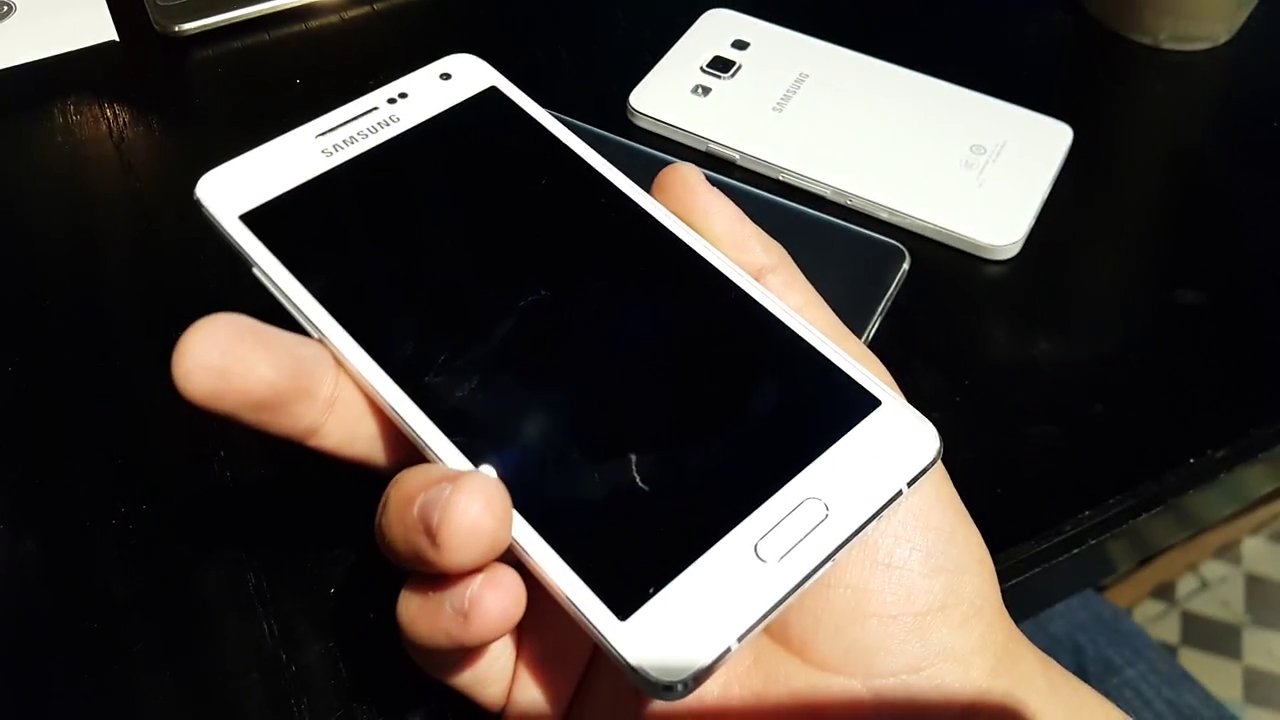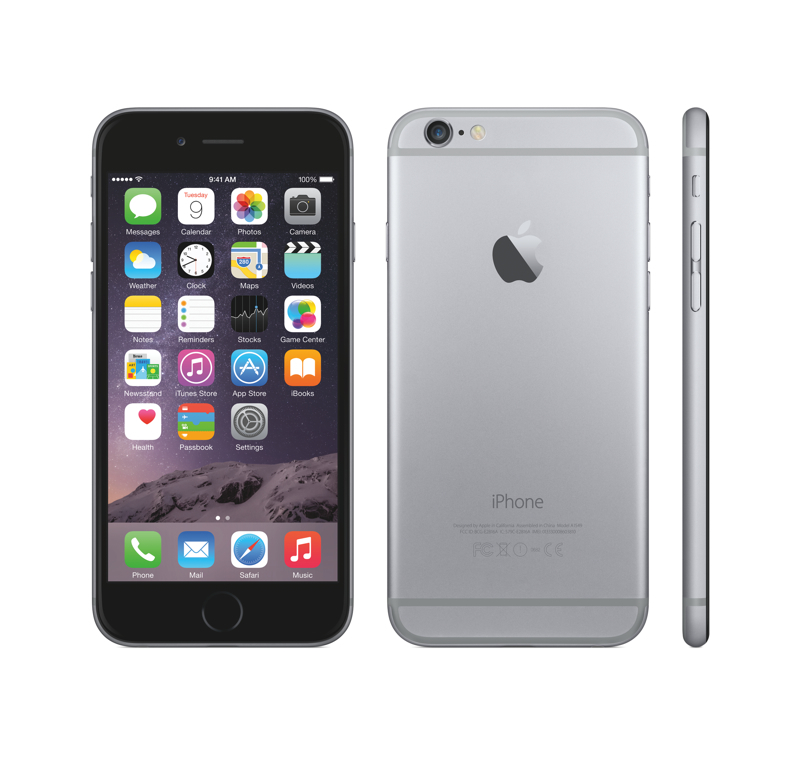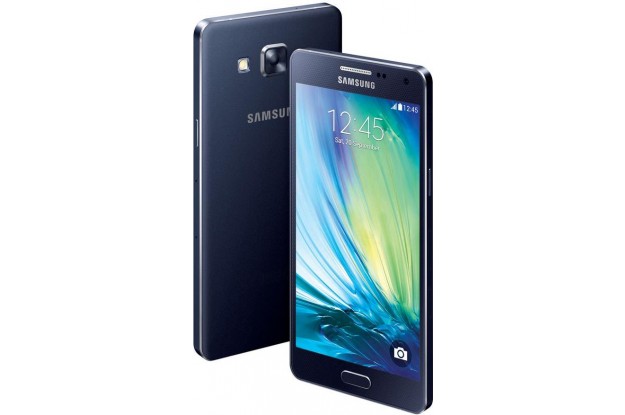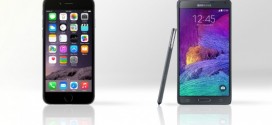OEMs are starting to gravitate more and more towards giving users a phone that can be called premium, made up of high-end materials. Samsung is trying to do just that ever since the Galaxy S5 was so massively criticizes for the cheap, band-aid-like plastic chassis. The Galaxy Alpha was the first premium phone from the South Korean company, followed by the Galaxy Note 4 and then the new Galaxy A-line, the newest of which is the Galaxy A7 which was recently launched. The Galaxy A7, as well as its siblings, the Galaxy A3 and A5 are all based on the Galaxy Alpha, which will be discontinued starting February 2015, In our Galaxy A7 vs iPhone 6 Plus comparison, we will try to perform an in-depth analysis of the design on each phone, as well as what’s under the hood.
A Galaxy A7 vs iPhone 6 Plus comparison seems warranted for two main reasons. First would be the design and premium aspirations of the Galaxy A7, which is an attempt from Samsung to cater to fans who have previously praised Apple design, as well as to Android fans longing for a premium phone, but don’t fancy the HTC One M8 or other recent offerings. The second reason is because both the iPhone 6 Plus and Galaxy A7 are evidence of the latest trend in smartphones: phablets. Indeed, both these handsets can be considered phablets. Phablets can be classified based on screen size, and nowadays, anything above 5 inches may be called a phablet. Since both the Galaxy A7 and iPhone 6 Plus have display sizes of 5.5 inches, they can clearly fit into the new category.
Android and iOS never seem to agree with each other, and by that we mean that users of either of the OS will never end up at a consensus. The war between Apple and Google is ongoing and doesn’t look like it will stop soon. By comparing the Galaxy A7 to the iPhone 6 Plus, we need to first think about how each would attract followers of the others. The Galaxy A7 tries to do that by creating a premium smartphone similar in build materials to what Apple has to offer, while Apple designed iOS 8 so that it would feature Android-like functions. Since we’re not about starting wars (or condoning them, for that matter), we will not be taking OS into consideration in our Galaxy A7 vs iPhone 6 Plus comparison. Even though OS is the most important part in a smartphone, aside from battery and hardware, they rely more on user preference rather than on actual performance. What we will discuss will be user interface, since we can’t leave TouchWiz out of this. One of the disappointments in the Galaxy S7 should be mentioned, though: Android 4.4.4 KitKat. We expected at least Android 5.0 Lollipop.
First off, let’s get all that premium design stuff out of the way. As you may well know already, the Galaxy A7 is the thinnest smartphone Samsung has ever made, and it comes pretty close to the iPhone 6 Plus in this respect. If you are all in for thin phones, the South Korean company already knew about it and created a phone that rivals many flagships out there. The iPhone 6 Plus measures in total 158.1 x 77.8 x 7.1 mm, while the Galaxy A7 is 151 x 76.2 x 6.3 mm. That means that in the first round, the Galaxy A7 beats the iPhone 6 Plus in terms of portability and maneuverability. Many have complained about the battery being too small in the Apple flagship, saying that they would have liked a bigger battery instead of the thin chassis. Do you agree with them or do you prefer design over endurance?
Next up, the Galaxy A7 vs iPhone 6 Plus battle should present how these flagships compare to each other when it comes to build materials. The Galaxy A7, as well as the other two phones in the A line-up, boasts with a full metal chassis, which is a first for Samsung. The iPhone 6 Plus has a similarly high-end body made of aluminum, so the two phones size up pretty nicely next to each other in this respect. We can’t yet determine how durable the materials used in the Galaxy A7 are, so for now, we won’t conclude on that. But when it comes to design, both these phones shaped up to be quite nice, using thin bezels and smooth designs. One plus for the Galaxy A7 is that it seems to be a bit more rigid on the sides, while the iPhone 6 Plus tends to slip out of the hand due to the chamfered edges.
Since design is not all there is to a smartphone, we should examine what the hardware of the two flagships have to offer. First off, the Galaxy A7 boasts with a 5.5 inch Super AMOLED display that has a 1080*1920 resolution adding up to 401 ppi pixel density. The iPhone 6 Plus counters with a similarly high-end 5.5 inch LED-backlit IPS LCD with the sane 1080*1920 resolution adding up to the same 401 ppi pixel density. While these displays seem to be identical at first glance, the iPhone 6 Plus panel is superior thanks to the advanced technology that it uses. On the iPhone 6 Plus, the display is much more immersive and life-like than on the Galaxy A7, so this round is awarded to Apple’s phablet.
As for processing power, let’s see what conclusions the Galaxy A7 vs iPhone 6 Plus comparison will end up with. Samsung’s new metal-clad device comes with an octa-core Snapdragon 615 CPU clocked at 1.0 GHz, while Tim Cook commissioned a new Apple A8 CPU at 1.4 GHz. Even though both these chips are 64 bit and pretty good processors, the iPhone 6 Plus is the clear winner with its superior chipset. Still, we would have liked to see more than 1 GB RAM on the iPhone 6 Plus, since even the Galaxy A7 comes with 2 gigs inside. Storage options for the Apple flagship range from 16 to 128 GB, with no microSD slot available. The Galaxy A7 is only available with 16 GB internal storage and a microSD card slot that supports up to 64 GB additional storage. The Apple flagship can be called the winner yet again.
Next up, camera. The Galaxy A7 camera is a 13 MP shooter on the rear equipped with an LED flash and a 5 MP shooter on the front. The iPhone 6 Plus boasts with an 8 MP iSight camera complete with LED flash and optical image stabilization and a 1.2 MP FaceTime camera on the front. If you’re familiar with smartphones, you may know that MP count doesn’t always matter and that is made evident by the iPhone 6 Plus and the high quality photos and videos you can create with it. While the cameras on the Galaxy A7 are above average and pretty high quality, they do lack the optical image stabilization present on the contender.
Last, but not least, let’s try and examine the battery lives of these babies. The battery embedded within the Galaxy A7 measures 2600 mAh, while the iPhone 6 Plus has a 2915 mAh unit within. There’s little evidence as to how well the battery on the Galaxy A7 can hold out in real-life situations, but seeing as the device comes with a fairly high-def, large screen, it should max out at around 2 days of mixed use. The iPhone 6 Plus has reported the same type of battery life, maybe just a tad lower, maxing out at one and a half days of use. Nonetheless, we will refrain from a final verdict on battery life. We will report back when we have accurate user data regarding real0life battery management.
The Galaxy A7 will be available worldwide later on, and you will be able to get your hands on it for around $510, while the iPhone 6 Plus price is between $750 and $950 depending on the storage option you would like to have. The winner in terms of pricing is the Galaxy A7, but at the cost of an average performance, not too many features and limited storage options. Aside from the premium build, the Galaxy A7 doesn’t bring anything new to the table. The iPhone 6 Plus has TouchID and Apple Pay to sweeten the deal, as well as superior processing power, larger battery and a better camera report on its curriculum vitae.
 Load the Game Video Games, Reviews, Game News, Game Reviews & Game Video Trailers
Load the Game Video Games, Reviews, Game News, Game Reviews & Game Video Trailers
